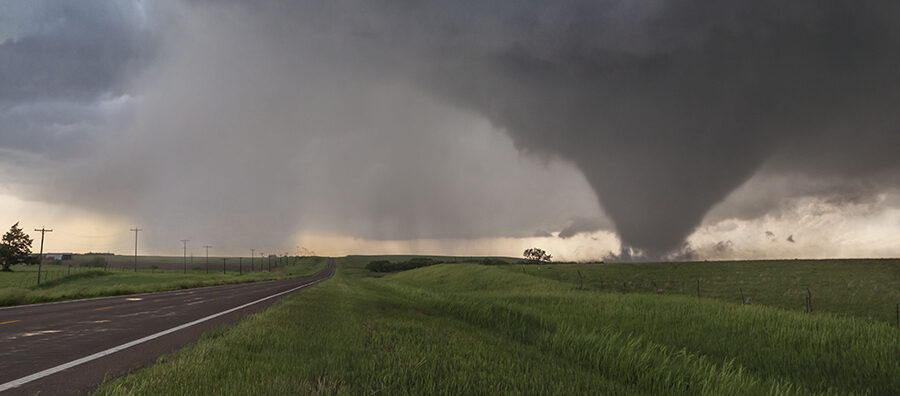By now we are all used to the pattern associated with IPCC report releases. The press coverage is an alarmist spin on the Summary, which is an alarmist spin on the Report, which is a selective and alarmist spin on the underlying science. The best way to respond to a new IPCC report is to tune out all the press coverage and look at the Report, but it seems to be the last thing almost anyone thinks to do. So over the next few weeks we will provide excerpts of the text of the new IPCC report where it pertains to the big topics of the day, especially apocalyptic extreme weather and the like. Today we start with extreme rainfall.
AR6 Chapter 11 section 11.4 deals with changes in weather extremes. Here are some verbatim quotes that cover key points regarding heavy rainfall events.
- It is difficult to separate the effect of global warming from internal variability in the observed changes in the modes of variability (Section 2.4). Future projections of modes of variability are highly uncertain (Section 4.3.3), resulting in uncertainty in regional projections of extreme precipitation. Future warming may amplify monsoonal extreme precipitation. Changes in extreme storms, including tropical/extratropical cyclones and severe convective storms, result in changes in extreme precipitation (Section 11.7). Also, changes in sea surface temperatures (SSTs) alter land-sea contrast, leading to changes in precipitation extremes near coastal regions.
- There has been new evidence of the effect of local land use and land cover change on heavy precipitation. There is a growing set of literature linking increases in heavy precipitation in urban centres to urbanization (Argüeso et al., 2016; Zhang et al., 2019f). Urbanization intensifies extreme precipitation, especially in the afternoon and early evening, over the urban area and its downwind region (medium confidence).
- Both SREX (Chapter 3, Seneviratne et al., 2012) and AR5 (IPCC, 2014 Chapter 2) concluded it was likely the number of heavy precipitation events over land had increased in more regions than it had decreased, though there were wide regional and seasonal variations, and trends in many locations were not statistically significant. This assessment has been strengthened with multiple studies finding robust evidence of the intensification of extreme precipitation at global and continental scales, regardless of spatial and temporal coverage of observations and the methods of data processing and analysis.
- The average annual maximum precipitation amount in a day (Rx1day) has significantly increased since the mid-20th century over land (Du et al., 2019; Dunn et al., 2020) and in the humid and dry regions of the globe (Dunn et al., 2020). The percentage of observing stations with statistically significant increases in Rx1day is larger than expected by chance, while the percentage of stations with statistically significant decreases is smaller than expected by chance, over the global land as a whole and over North America, Europe, and Asia (Figure 11.13, Sun et al., 2020) and over global monsoon regions (Zhang and Zhou, 2019) where data coverage is relatively good. The addition of the past decade of observational data shows a more robust increase in Rx1day over the global land region (Sun et al., 2020).
- Overall, there is a lack of systematic analysis of long-term trends in sub-daily extreme precipitation at the global scale. Often, sub-daily precipitation data have only sporadic spatial coverage and are of limited length. Additionally, the available data records are far shorter than needed for a robust quantification of past changes in sub-daily extreme precipitation (Li et al., 2018b). Despite these limitations, there are studies in regions of almost all continents that generally indicate intensification of sub-daily extreme precipitation, although confidence in an overall increase at the global scale remains very low.
- In North America, there is robust evidence that the magnitude and intensity of extreme precipitation has very likely increased since the 1950s. Both [one-day maxima] and [5-day maxima] have significantly increased in North America during 1950-2018 (Sun et al., 2020, also Figure 11.13). There is, however, regional diversity. In Canada, there is a lack of detectable trends in observed annual maximum daily (or shorter duration) precipitation (Shephard et al., 2014; Mekis et al., 2015; Vincent et al., 2018). In the United States, there is an overall increase in one-day heavy precipitation, both in terms of intensity and frequency, except for the southern part of the US (Hoerling et al., 2016) where internal variability may have played a substantial role in the lack of observed increases.


